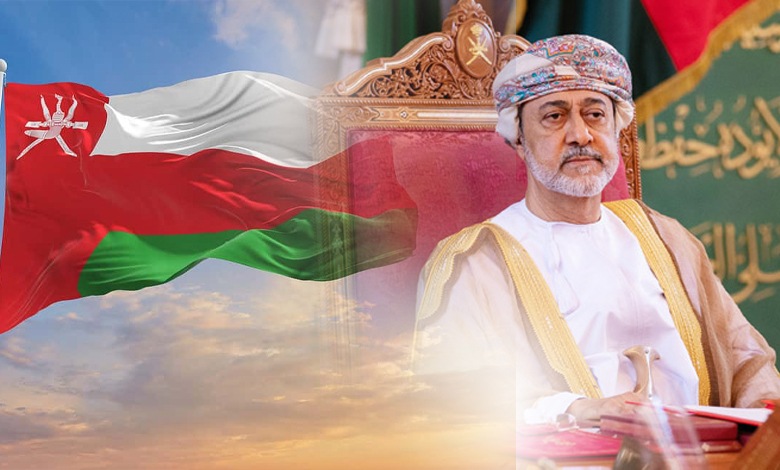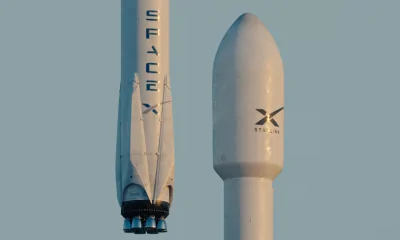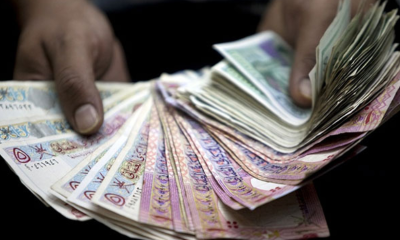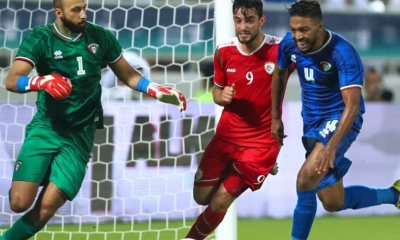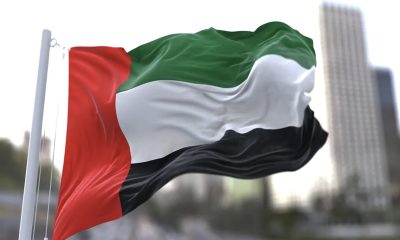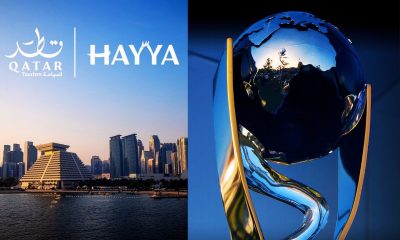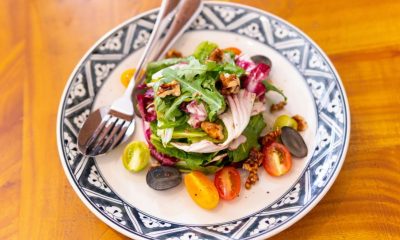In a remarkable testament to its commitment to progress and development, Oman proudly announces the completion of a staggering $10.4 billion worth of national projects just ahead of its National Day celebrations. This monumental achievement underscores the Sultanate’s unwavering dedication to fostering growth, enhancing infrastructure, and improving the quality of life for its citizens.
With a combined value of OR4 billion ($10.4 billion), the Oman Investment Authority (OIA) has declared the completion of six national projects.
The projects, which include an enormous refinery, an oil storage facility, and an opulent hotel, are spread geographically throughout several governorates and various industries.
Other significant projects that have just been completed in Oman include utility developments and a sizable shrimp farm.
National projects in Oman
According to Hisham Ahmed Al Shidi, Director General of Economic Diversification Investments at the OIA, these projects are intended to support economic diversification, draw in investments, strengthen the private sector, generate employment opportunities, and present small and medium-sized businesses (SMEs) with business prospects.
He continued by saying that the projects are in line with Oman Vision 2040 and reflect the OIA’s strategy and objectives.
The Duqm economic zone’s largest project to date is the Duqm Refinery and Petrochemical Industries (OQ8) Project.
The project is regarded as the initial step towards the goal of making Duqm one of the biggest industrial and economic hubs in the area.
Three main areas are included in the project:
• Duqm Port’s primary processing units, services and facilities, and storage and export facilities for liquid petroleum materials
• The Ras Markaz crude oil storage facility;
• The 81-kilometer crude oil transmission pipeline that connects Ras Markaz to the Duqm refinery
With a daily capacity of 230,000 barrels, the refinery’s ten primary processing units can produce diesel, jet fuel, sulfur, petroleum coal, and liquefied petroleum gas.
The Al Wusta Governorate’s Ras Markaz Crude Oil Storage project advances the government’s initiatives for economic diversification.
It accomplishes several commercial and economic goals, including the high capacity storage of crude oil in Oman—up to 200 million barrels—with a first phase capacity of up to 26.7 million barrels, of which 5.2 million barrels are allocated to the Duqm Refinery (OQ8).
Furthermore, the facility is configured to export Omani crude oil by connecting to the Nihayda Station, another port in Muscat for the export of Omani crude oil, in addition to Mina Al-Fahal.
Owing to its advantageous location close to developing markets in Asia and Africa, the project can meet the needs of both local and international markets. It will also help increase the number of offshore oil transportation vessels that visit Oman.
OQ 8 (Duqm Refinery and Petrochemical Industries) will have its water and electricity needs satisfied by the Duqm Integrated Power and Water Project (DIPWP).
By meeting the needs of heavy industry companies seeking to invest in the area for industrial electricity and water, it will also draw investments to the Duqm Special Economic Zone.
In addition, it will supply electricity for the Crude Oil Storage project and accommodate any future expansions in the Duqm Economic Zone.
The station can produce 36,000 cubic meters of water and 326 MW of electricity per day at design capacity.
In addition, the station has a water return line with a capacity of up to one million cubic meters per day and facilities for taking in seawater with a supply capacity of up to 1.5 million cubic meters per day.
The “Rabt” project is one of Duqm’s strategic initiatives. The first phase spans 660 km and includes five major stations located in Nihayda, Park, Suwayhat, Duqm, and Mahout along with 400 Megawatt of transmission lines.
The project will improve the National Electricity Transmission Network’s efficiency and integration and be crucial to raising the security and dependability of electric power.
Additionally, it will help Al Wusta Governorate develop excellent prospects for renewable energy sources like solar and wind energy.
It connects isolated regions, such as Haima, Duqm, and Mahout, to the main electrical transmission network.
Additionally, it lowers the expense of energy production in Mahout and Duqm, which presently relies on diesel fuel and has an impact on the environment.
The Khuwayma Shrimp Farm Project, located in Jalan Bani Bu Ali, Governorate of South A’Sharqiyah, helps to create new industries to increase the value added of the raw materials that the Sultanate of Oman has to offer while also promoting food security.
Situated on 200 hectares, the project comprises 126 aquariums, 48 aquariums for shrimp nursery, a care unit for shrimp beyond the larvae stage, a primary processing unit, and a production and packaging unit.
The project has an annual operating capacity of 4,000 tonnes.
The 304-room and suite JW Marriott Muscat Hotel is a great example of how to support tourism development in the nation. It does this by utilizing its natural resources to achieve long-term objectives, encouraging economic diversification, and increasing the direct and indirect GDP contribution of the tourism industry.
Additionally, it will create direct job opportunities for the labor force across the country.
One of the key features that completes Madinat Al Irfan East’s initial phase is the hotel.
Once the hotel is finished, the Oman Convention and Exhibition Centre complex will have all of its integrated facilities together, making it a popular place to welcome and host important conferences as well as local, regional, and worldwide events.
As Oman revels in the successful completion of $10.4 billion worth of national projects, the journey forward holds even more promise. With a continued commitment to sustainable development, economic diversification, and social well-being, the Sultanate stands poised to chart new heights on the global stage.
This milestone not only reflects the effectiveness of Oman’s strategic vision but also serves as an inspiration for nations worldwide. The completion of these national projects is a testament to the Sultanate’s resilience, foresight, and unwavering dedication to building a better future for its people. As Oman continues to evolve, the world watches with anticipation, eager to witness the next chapter in the nation’s impressive journey of growth and prosperity.
Read More: IMF Report: Oman’s Economic Resilience Shines Through Challenges
